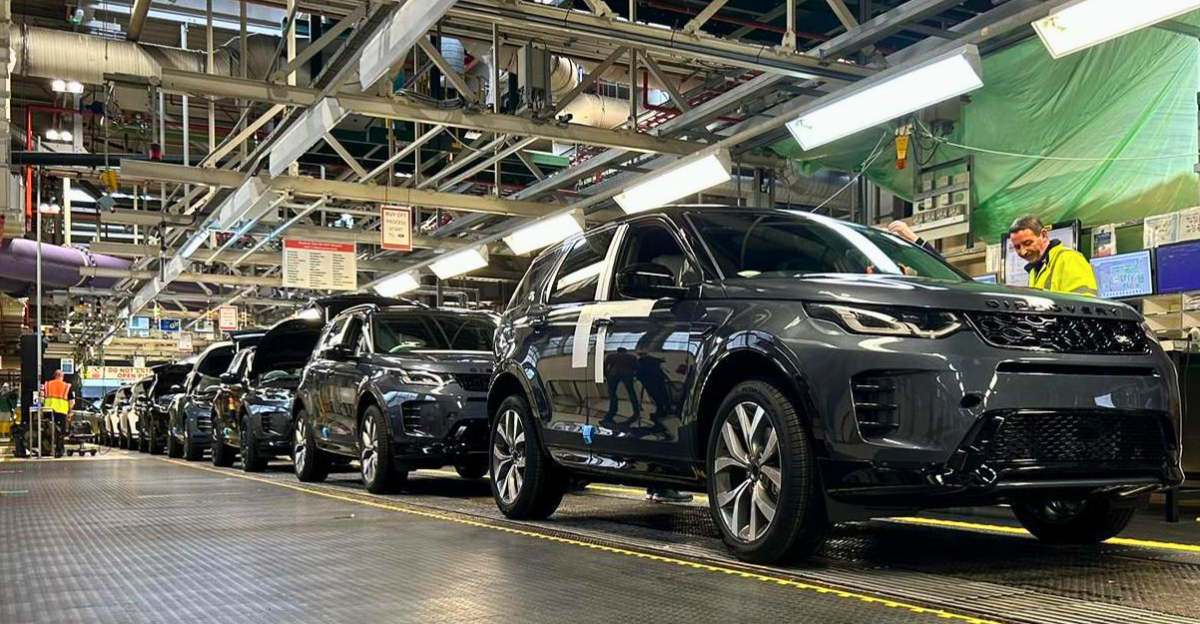
On September 1, 2025, Jaguar Land Rover halted production after a major cyberattack crippled operations. The shutdown affected all global facilities, including Castle Bromwich, Halewood, and Solihull plants.
MP Liam Byrne called it a “digital siege” on the iconic British brand, which employs over 33,000 people and exports vehicles worldwide. This disruption set the stage for a crisis on multiple fronts. Let’s explore the toll on manufacturing next.
Quarter-Billion Pound Manufacturing Crisis
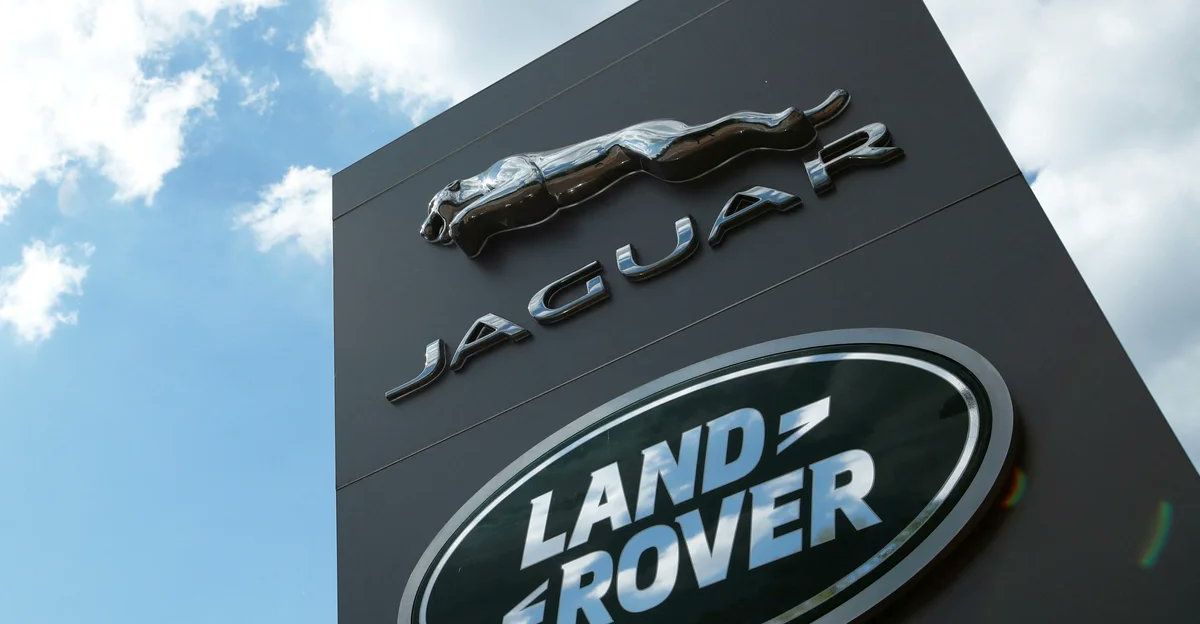
The cyberattack is costing Jaguar Land Rover £50M ($63.5M) every week, halting production of approximately 1,000 vehicles daily across its three UK plants. Production lines have remained offline for over three weeks.
This pause has created a unique void in luxury automotive manufacturing, triggering economic aftershocks still being measured. Next, we uncover who orchestrated this unprecedented digital assault.
Cybercrime Alliance Claims Attack Responsibility

A group named Scattered Lapsus$ Hunters claimed responsibility, alleging collaboration among Scattered Spider, Lapsus$, and ShinyHunters cybercrime gangs. This alliance marks a new level of criminal coordination.
Cybersecurity expert Jamie MacColl warned the disruption threatens thousands of jobs, calling it an unprecedented threat in the UK. The tactics behind the attack reveal deeper strategic breaches, as we’ll see next.
Stolen Data Weaponized Through Social Engineering
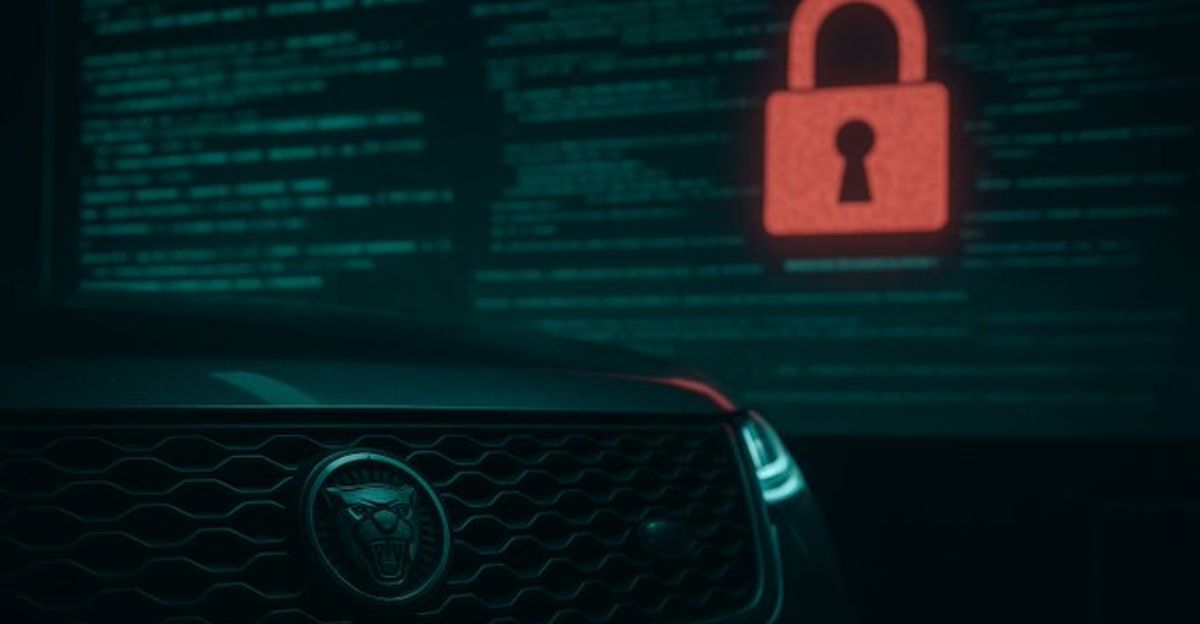
Attackers used sophisticated vishing campaigns, exploiting stolen CRM and database credentials from prior breaches to impersonate internal communications effectively.
This enabled unauthorized access into Jaguar Land Rover’s network infrastructure, making the breach comprehensive. The core of production was targeted next, intensifying the operational impact.
Infrastructure Annihilation Freezes Global Production
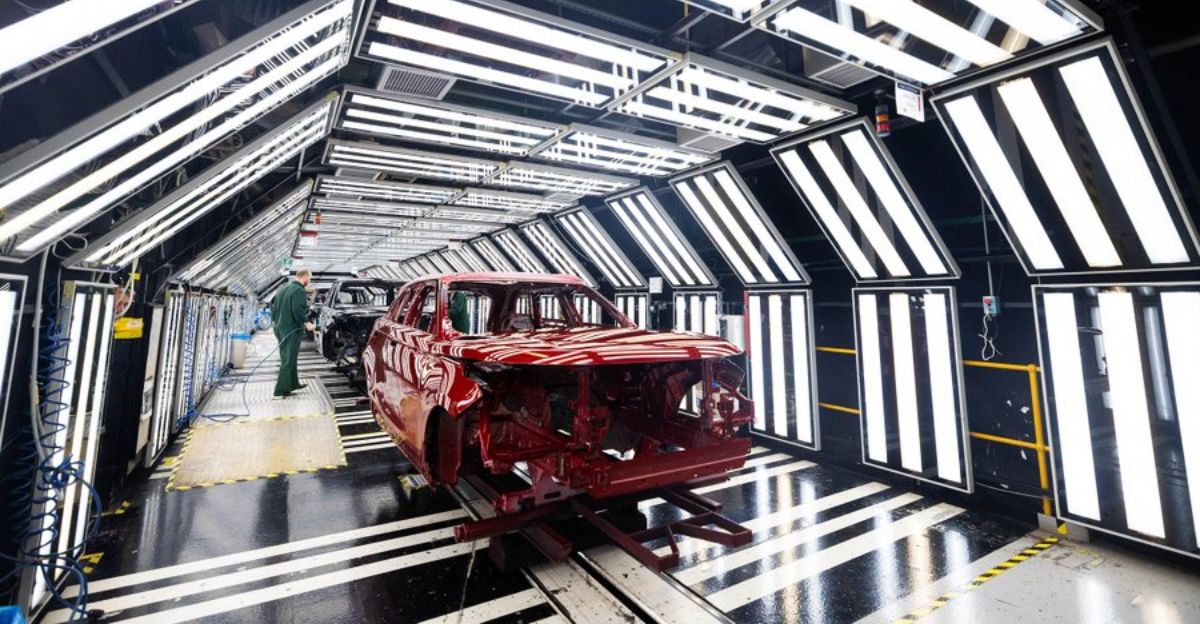
The hackers targeted essential IT systems controlling vehicle production, forcing Jaguar Land Rover to shut down computers in the UK and worldwide. This wiped out the company’s manufacturing backbone.
The complete standstill lasted several weeks, an unprecedented event in UK industrial history. With production halted, workforce consequences quickly unfolded.
Job Losses and Emergency Benefit Claims Surge

Hundreds of supply chain workers were laid off within days, with union leaders urging affected staff to apply for Universal Credit.
Unite’s Sharon Graham emphasized that workers shouldn’t bear the cyberattack’s cost, highlighting urgent calls for government aid. This crisis rapidly expanded beyond Jaguar Land Rover itself.
Supply Chain Faces Immediate Collapse Threat
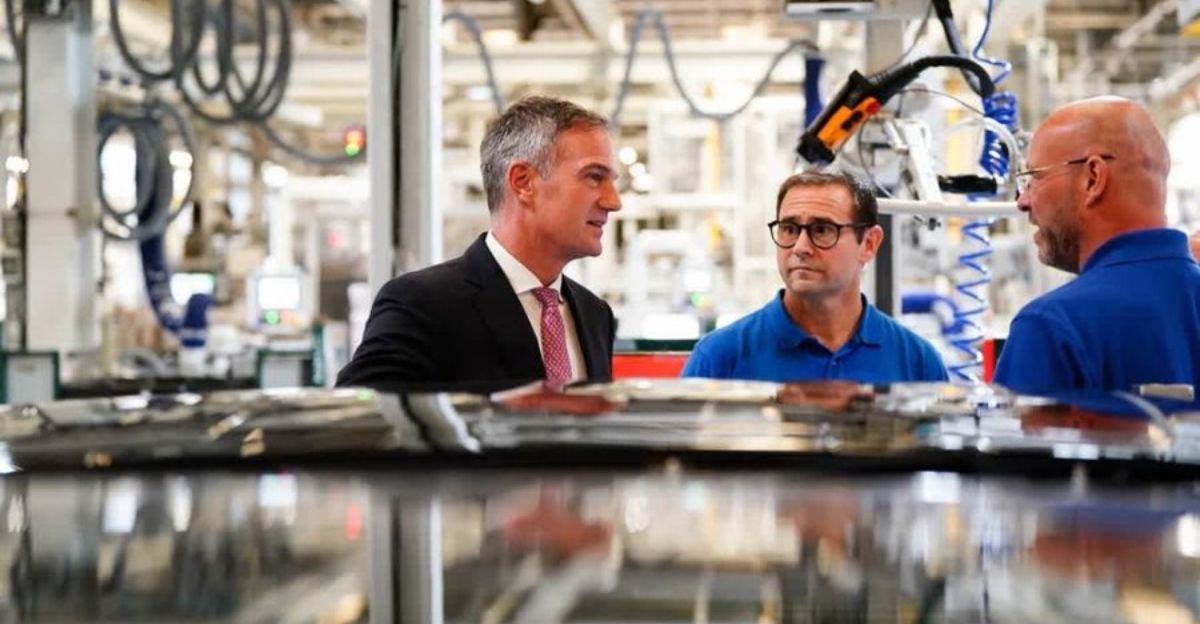
Over 700 UK suppliers abruptly lost JLR orders, causing first-tier manufacturers to reduce or halt shifts within 48 hours. This ripple affected more than 150,000 workers in the supply network.
Emergency measures spread across the sector, foreshadowing broader economic impacts. Financial distress deepened as suppliers struggled to survive.
Suppliers Liquidate Assets Amid Production Halt
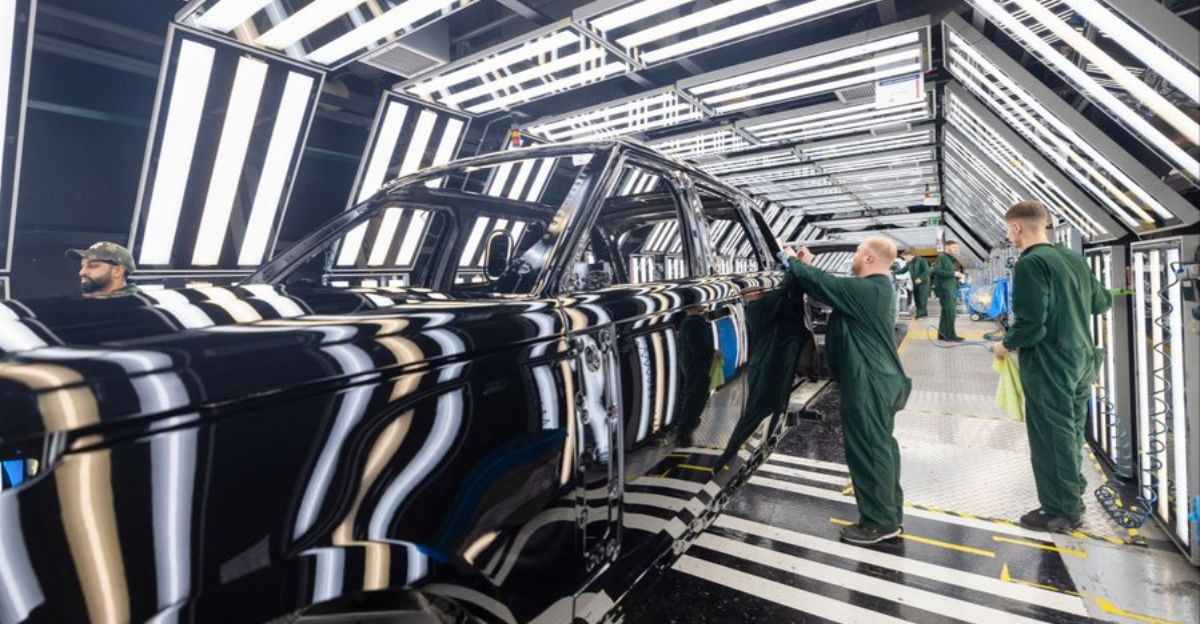
At least one major supplier testified to the Business and Trade Committee about selling machinery to stay afloat during the prolonged shutdown. Staff hours were cut, and bankruptcy risks surged.
This demonstrates how cyberattacks extend damage beyond manufacturers, destabilizing entire supply chains. Parliamentary scrutiny soon zeroed in on IT service providers linked to the attack.
TCS Under Parliamentary Investigation

On September 25, 2025, the UK Business and Trade Committee launched a probe into Tata Consultancy Services (TCS), Jaguar Land Rover’s main IT contractor, over its possible role in high-profile cyberattacks.
Chair Liam Byrne demanded TCS disclose the “scope of services delivered” and clarify whether staff accounts were exploited in the M&S ransomware breach, as reported by the BBC.
Indian IT Giant Denies System Compromise
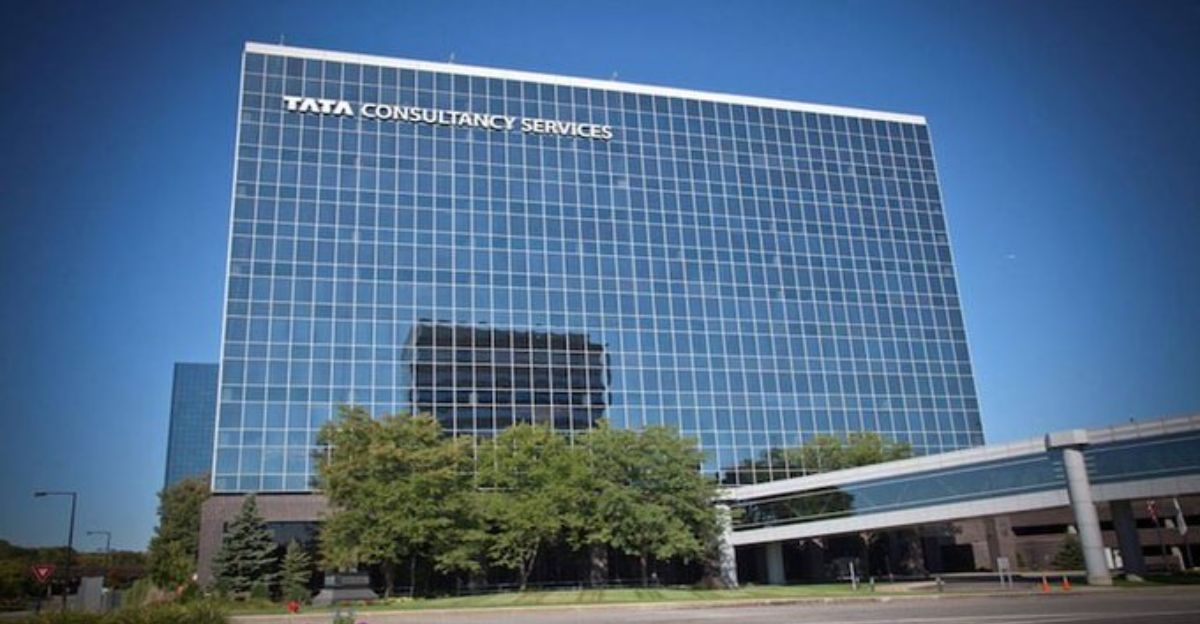
TCS reported no systems or users were compromised in previous attacks and denied involvement in the JLR breach. However, ongoing public and parliamentary scrutiny persisted.
No definitive forensic evidence has cleared TCS as of early October. Meanwhile, the UK government mobilized a national security response to contain the crisis.
Government Launches National Security Response

The UK government activated the National Cyber Security Centre and law enforcement to manage the cyberattack, categorizing it a critical national infrastructure threat.
Business Secretary Peter Kyle highlighted the attack’s assault on the automotive sector and livelihoods, signalling heightened official concern. Financial repercussions soon rippled through markets.
Credit Ratings Downgraded Amid Crisis

Credit rating agencies downgraded Tata Motors’ outlook following JLR’s production halt, with Moody’s forecasting sharp EBITDA cuts for 2025–26 due to ongoing costs despite zero revenue.
Analysts warned that liquidity pressures from sustained wage and supplier payments risk financial stability. Local economies felt the shock as well, with industrial corridors impacted next.
West Midlands Industry Grounded To A Halt
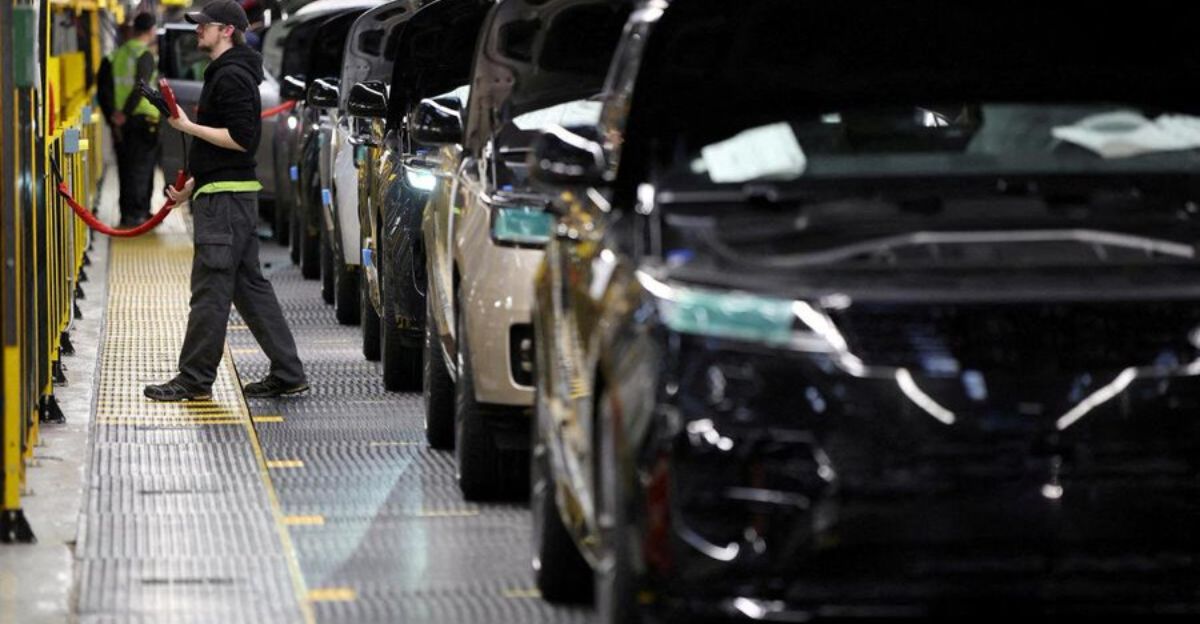
JLR’s key UK plants remained offline throughout September, causing an industrial crisis in the West Midlands. 33,000+ employees were idled as local councils sought emergency government assistance.
Analysts cautioned that prolonged disruption could permanently alter regional employment and UK automotive competitiveness. Meanwhile, thousands of customers faced uncertainty over vehicle deliveries.
Government Approves £1.5 Billion Emergency Loan
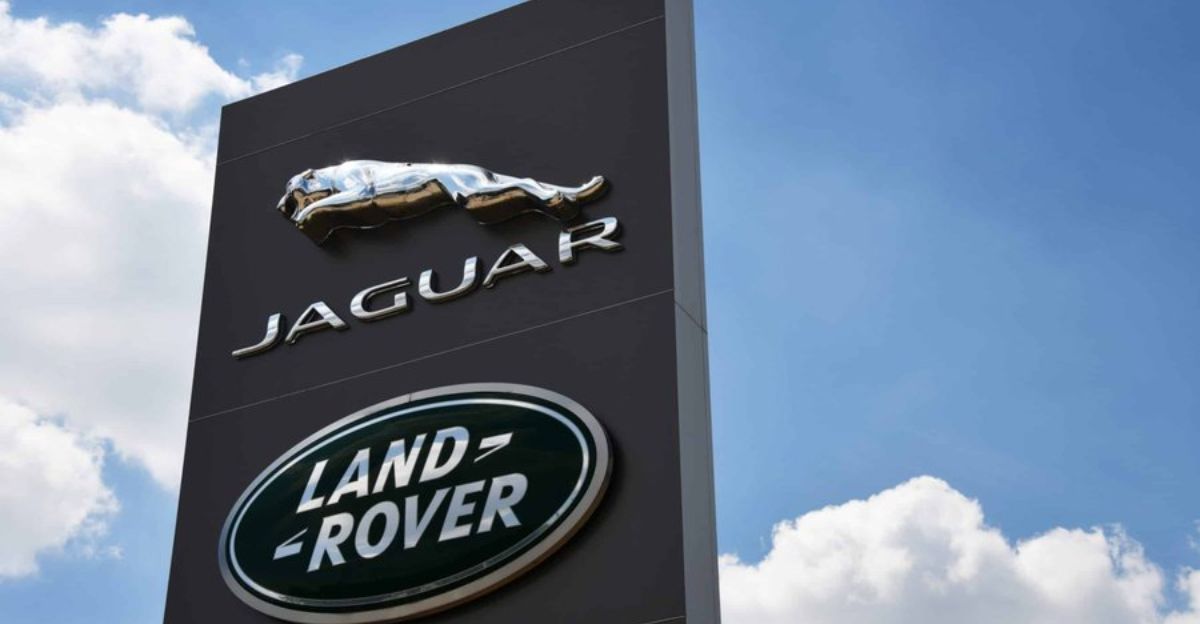
The UK government granted Jaguar Land Rover a £1.5 billion loan guarantee under the Export Development Guarantee to stabilize operations and protect up to 200,000 automotive sector jobs.
Chancellor Rachel Reeves called it Europe’s largest direct cyber incident state response, reflecting the crisis’s scale. The attack also reshaped industry-wide cybersecurity strategies.
Orders Disappear Into Delivery Black Hole
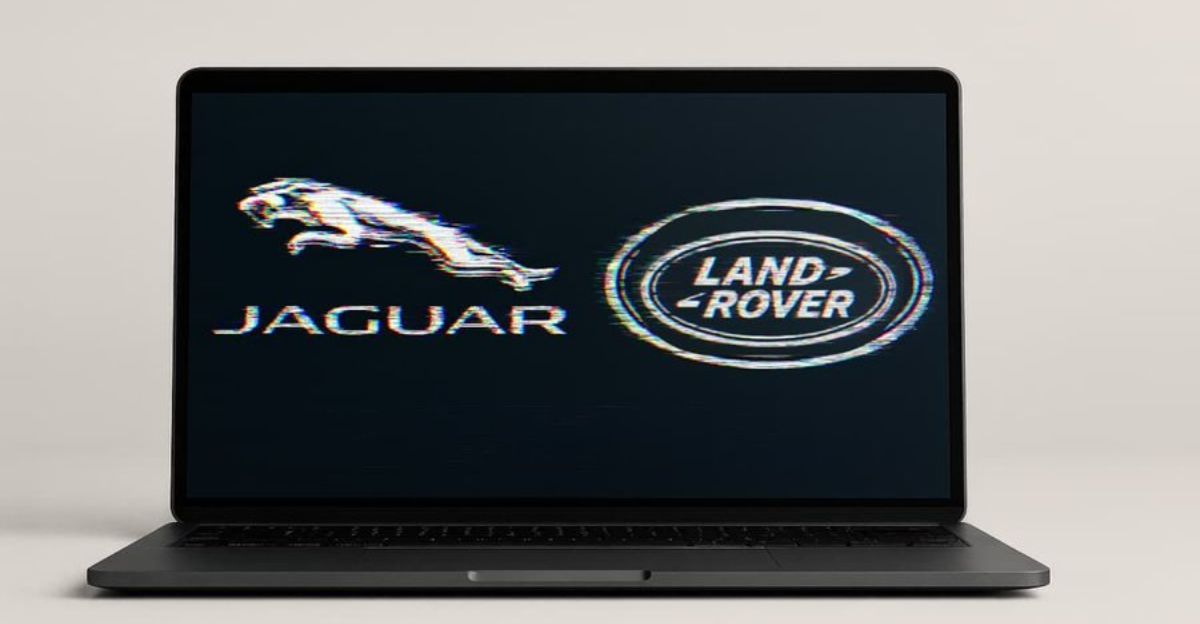
Thousands of Jaguar and Land Rover customers learned their vehicles’ delivery dates were indeterminate amid the manufacturing freeze. Models costing over £80,000 experienced delivery chaos.
Customer confidence was shaken, raising questions about future sales. Dealerships confronted severe inventory shortages next, deepening commercial challenges.
Dealerships Face Inventory and Sales Collapse

More than 160 UK dealerships reported critical stock shortages and widespread appointment cancellations in September due to zero new vehicle deliveries during peak sales months.
Managers described autumn sales as catastrophic but kept staff hoping for recovery. Financial protections were lacking, exposing insurers’ unpreparedness.
Insurance Gap Worsens Financial Fallout
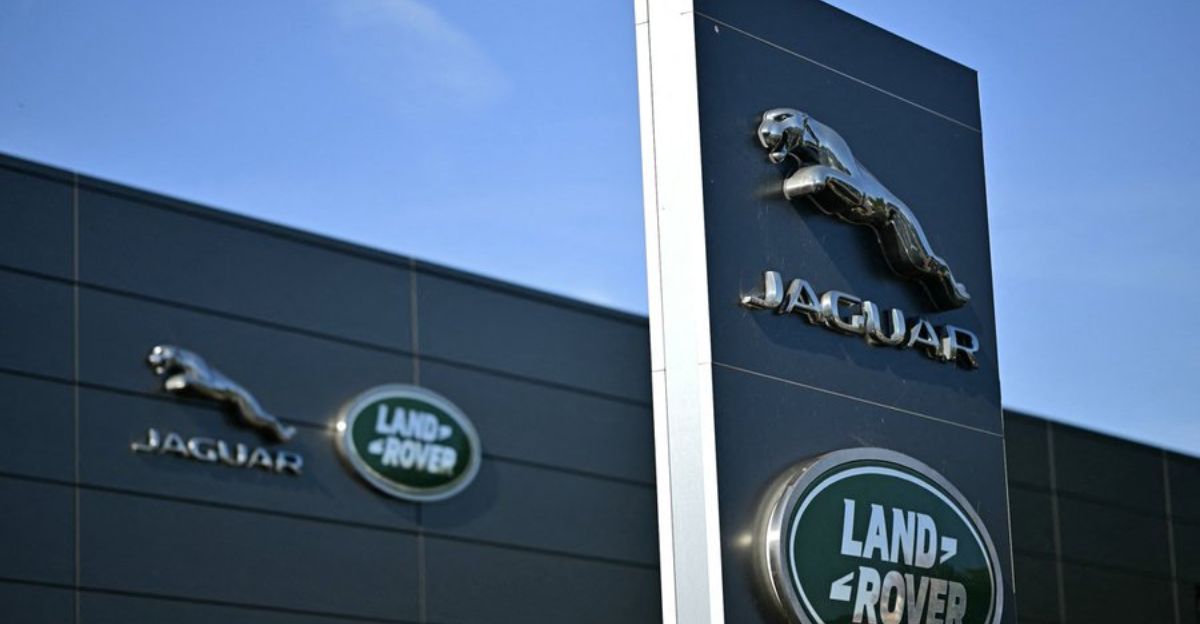
Jaguar Land Rover had not finalized cyber insurance before the attack, leaving its financial exposure unmitigated. Other firms, like Marks & Spencer, held £300 million in coverage prior to breaches.
This gap magnified monetary losses, highlighting the risks companies face without robust cyber policies. Competitors, meanwhile, began gaining an advantage.
Rivals Seize Market Share Opportunity

BMW and Mercedes-Benz reported an increase in inquiries from JLR customers displaced by manufacturing delays. Analysts warned that prolonged downtime could permanently erode JLR’s market share.
Some buyers may not return even if normal production resumes before the end of the year. Consumers are advised to scrutinize manufacturers’ cybersecurity readiness as digital threats escalate.
Consumer Vigilance On Automotive Cybersecurity

Experts urge buyers to evaluate cybersecurity protocols and insurance coverage when purchasing vehicles, noting increased risks from IoT and cloud system vulnerabilities.
Jamie MacColl stressed that connected car digital threats are rising, with ownership risks extending beyond traditional concerns. Meanwhile, the government stepped in with a landmark support package.
Cybersecurity Watershed Reshapes Manufacturing Defense
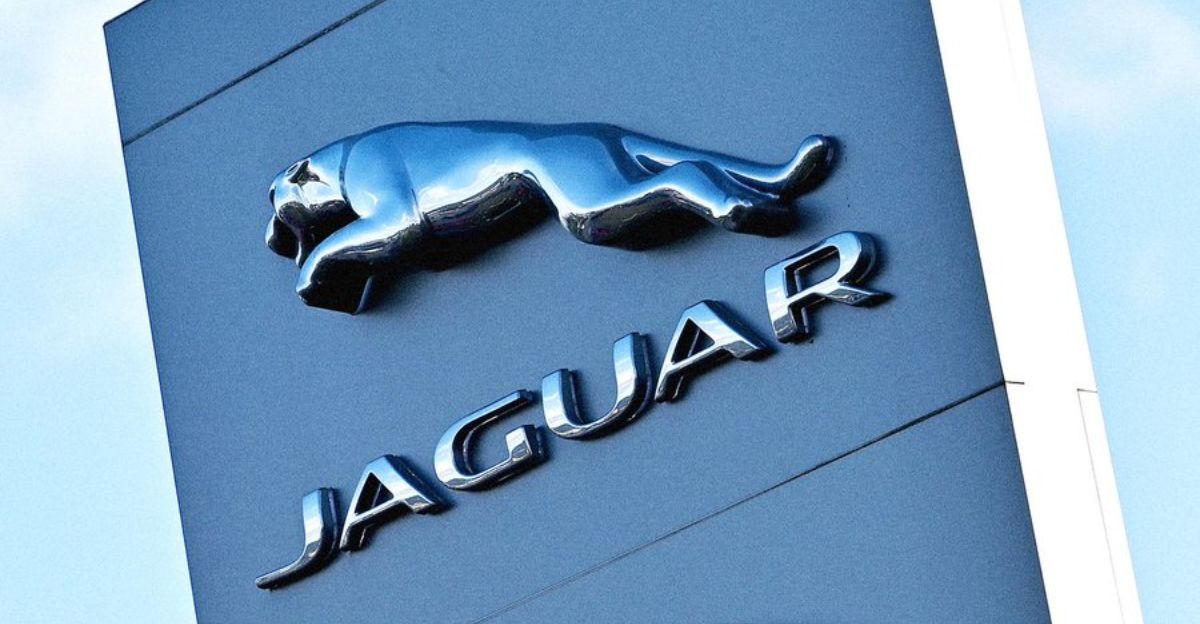
The JLR cyberattack is now seen as a turning point forcing manufacturers worldwide to rethink supply chain and operational cybersecurity.
Experts warn that coordinated cybercrime can disable even advanced industrial systems, underscoring urgent adoption of new defense models in manufacturing’s digital age. The full consequences will unfold for years to come.